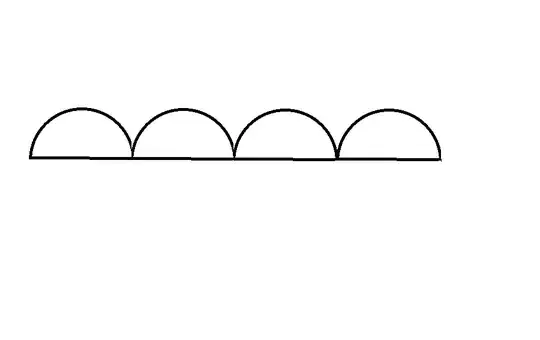This question is motivated by this other: Equal perimeters of squares and right angled isosceles triangles
Intuitively, it seems that if a sequence $\alpha_n$ of piecewise twice differentiable paths converges uniformly to a path $\alpha$ and each $\alpha''_n$ has constant sign where it is defined, $$\ell(\alpha_n)\to\ell(\alpha)$$ where $\ell(\gamma)$ denotes the length of the piecewise differentiable path $\gamma$.
A picewise differetiable path is a continuous, piecewise differentiable function $\gamma:[0,1]\to\Bbb R^n$. Its length is $$\ell(\gamma)=\int_0^1\|\gamma'(t)\|dt$$
I'm not really sure of that this is true, and if it is, I don't know the name of the theorem, if it has any. I have googled with no result so far.
If it is true, I don't need a proof, only a confirmation, and if it is possible, a link to some document with the theorem.
